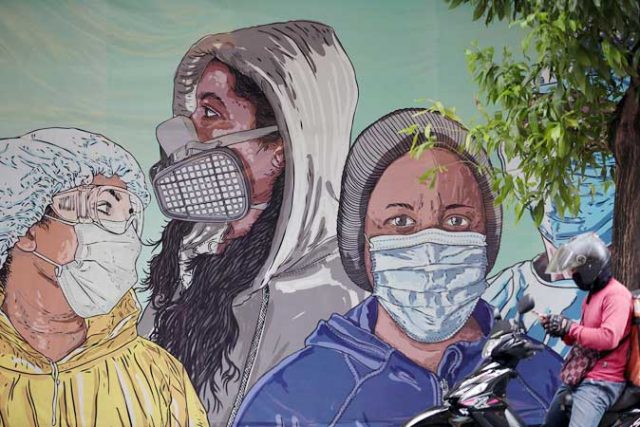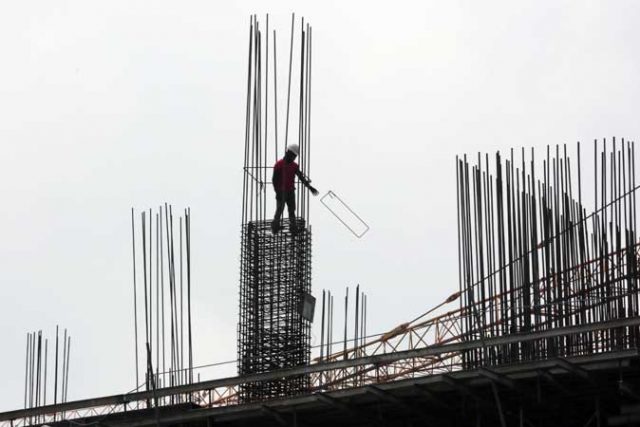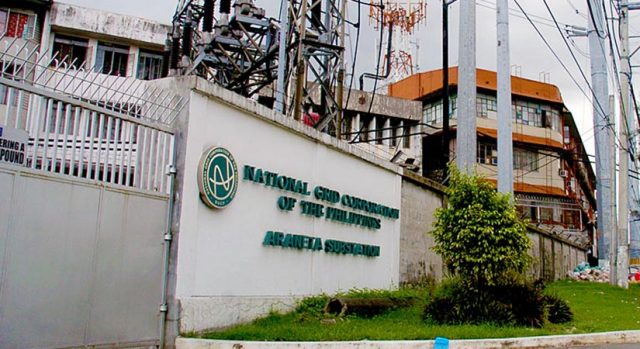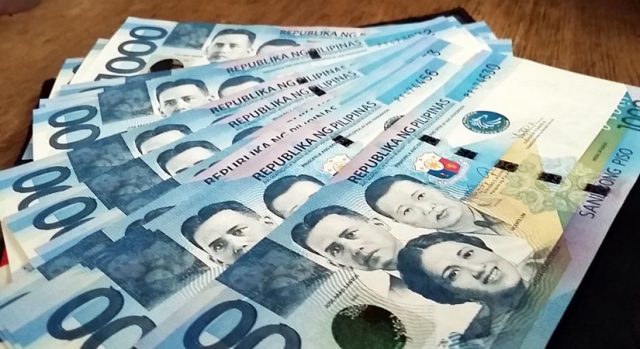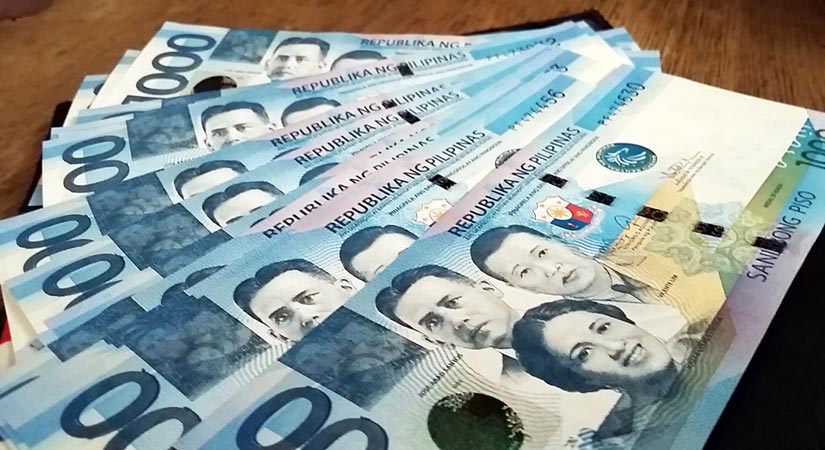Inflation trend turns friend for outperforming Philippine bonds
Philippine bonds have been racing ahead this quarter and may soon be getting another shot of turbo power. This time from cooling inflation.
The consumer-price index looks to have passed its peak after dropping back to 4.5% in the last three months from its high of 4.7% in February. There are a bevy of reasons to expect it will head even lower in the second half, including a sluggish economy, the impact of COVID-19, and the waning of the low-base effect.
Philippine bonds have already returned 3.51% this quarter in dollar terms, beating all their emerging Asian peers apart from Indonesia, according to data compiled by Bloomberg. Yields on 10-year government debt, which are more sensitive than shorter maturities to the inflation outlook, dropped to 3.85% this week from as high as 4.49% in March.
“The outlook for Philippine bonds hinges on inflation and economic recovery prospects, with inflation to potentially begin easing in June or July and to dip further to the 2-to-3% level starting in November,” said Michael Ricafort, chief economist at Rizal Commercial Banking Corp. in Manila. “The downward correction in local bond yields will remain intact.”
Demand for the nation’s bonds was further underpinned this month as the International Monetary Fund cut its forecast for Philippine economic growth to 5.4% from 6.9%, and said the balance of risks is to the downside as the full impact of the pandemic may not yet have become manifest.
LAGGING BEHIND
One of the major negatives for the economy is slow vaccination rates. To date, just 1.8% of its total population of about 110 million has been fully vaccinated, compared with 2.6% in Thailand, 4.5% in Malaysia and 4.4% in Indonesia, data compiled by Bloomberg show.
The central bank is widely expected to remain accommodative, another positive for bond holders. The monetary authority will only start to raise interest rates in the final quarter of next year, a quarter behind Malaysia and Indonesia, according to the median estimate of economists surveyed by Bloomberg.
The improving inflation dynamics are already starting to lure local buyers further out along the yield curve. A 10-year sale this week drew a bid-to-cover ratio of 2.4 times, up from just 1.8 times in March when inflation fears were at the peak, and the strongest demand since February last year.
Cooling inflation may have another positive impact for bonds down the road, according to Rizal Commercial’s Ricafort. If consumer prices continue to stabilize, the central bank may cut the reserve requirement ratio for large banks from the current 12%, he said. That would add additional liquidity into the banking system that may find its way into the debt market.
All this isn’t to say there aren’t risks out there too. Like all global bond markets, Philippine sovereigns face a big challenge from expectations the Federal Reserve will start to trim back debt purchases. In the key metric of inflation though, there is a growing positive that looks set to keep peso bond yields firmly anchored. — Bloomberg




